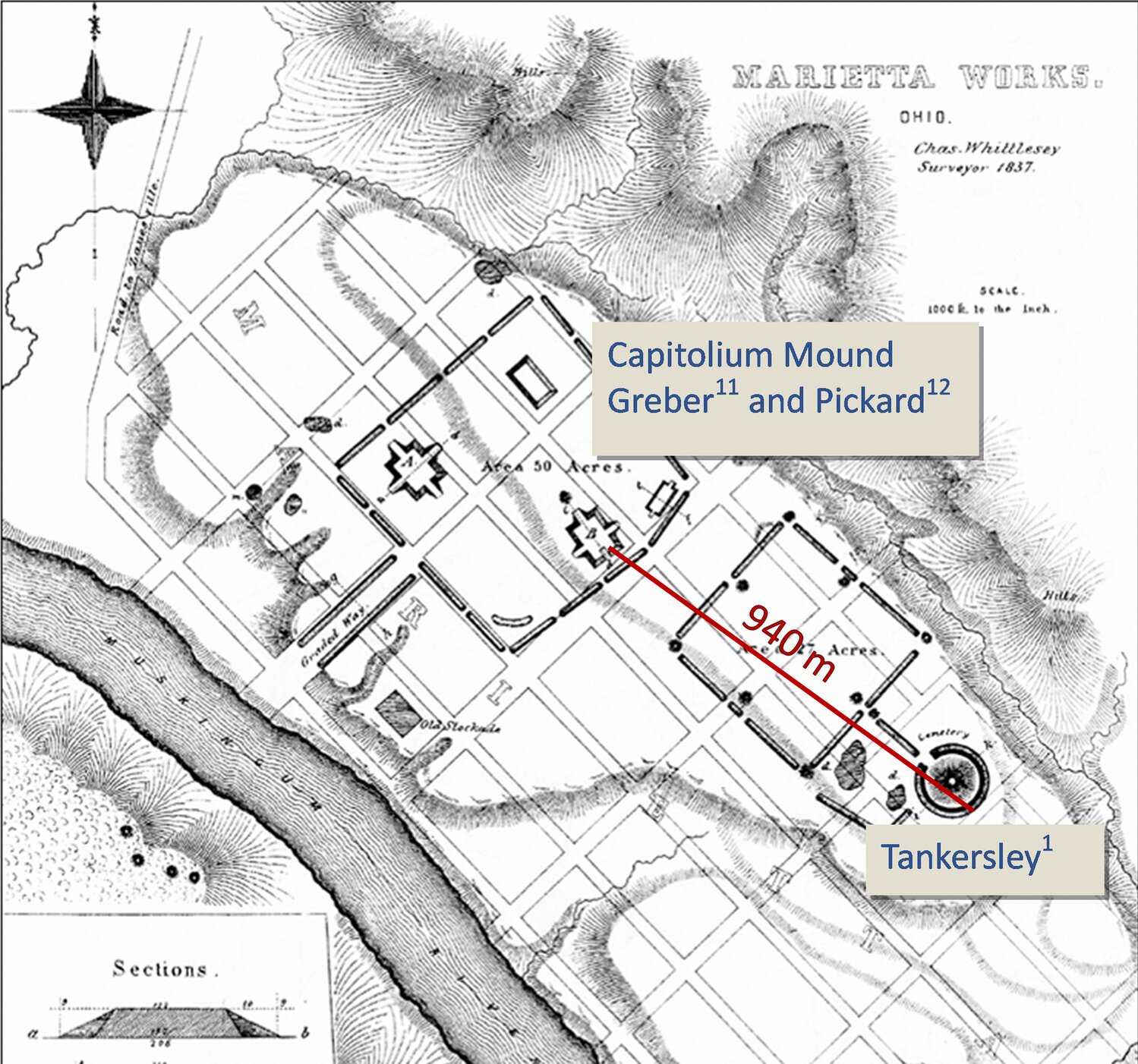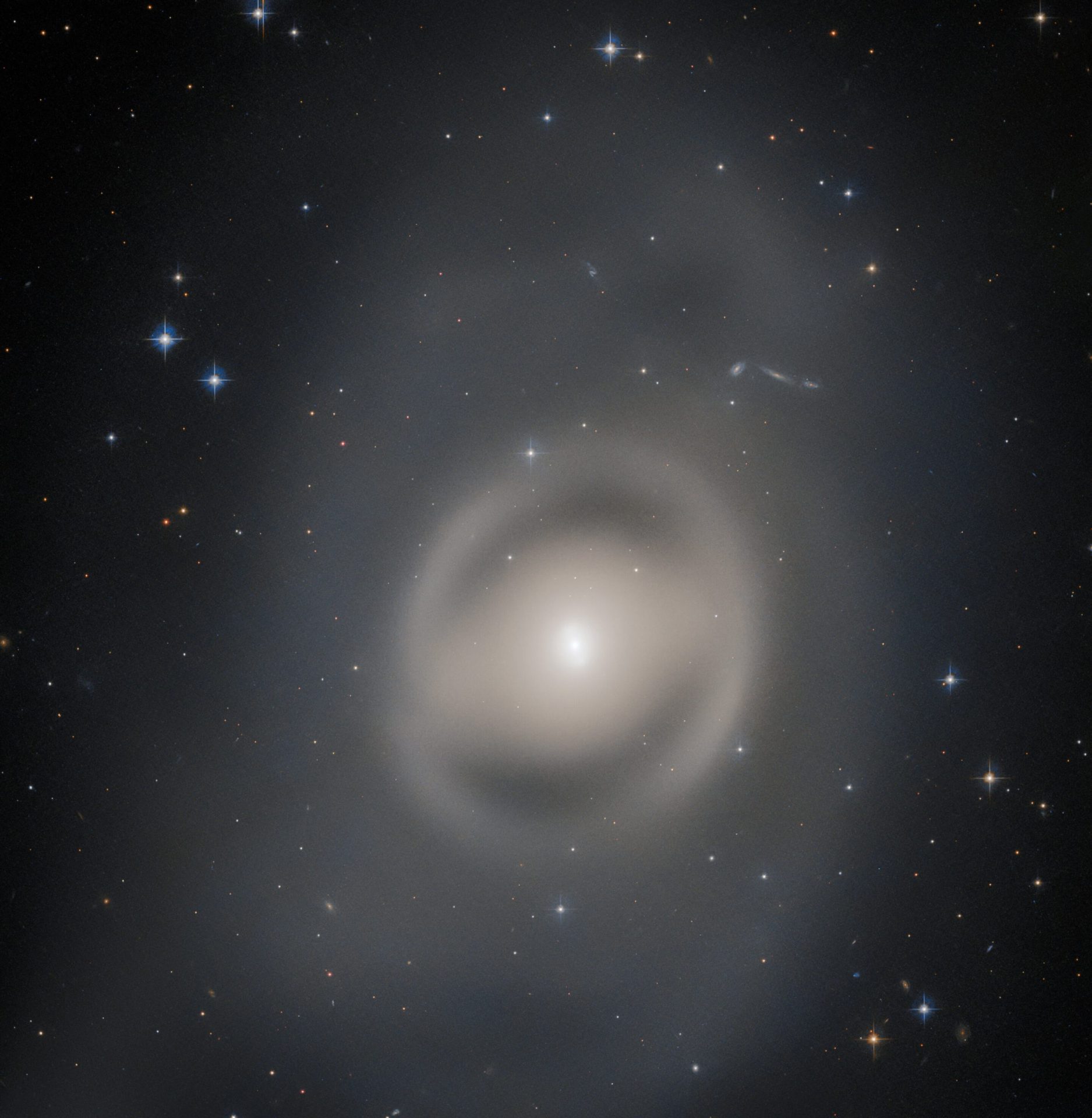In February 2022, the journal Scientific Reports published a fascinating paper that shook the scientific community. According to the study, a comet exploded over what is now Cincinnati around 1,500 years ago, unleashing a fiery rain that devastated villages and farm fields. This cataclysmic event is believed to have led to the rapid decline of the ancient Indigenous Hopewell culture.
Research conducted by Dr. Kenneth Tankersley, an esteemed archaeologist from the University of Cincinnati, has uncovered compelling evidence supporting this extraordinary claim. His team discovered meteorites, iron and silica-rich microspherules believed to be remnants of the comet, and elevated levels of iridium and platinum—all found in Hopewell habitations rich in burned charcoal.
However, a group of experts led by Dr. Kevin C. Nolan, director and senior archaeologist of the Applied Anthropology Laboratories at Ball State University, has challenged this evidence. In a response published in Scientific Reports on August 9, they argue that the evidence presented by Dr. Tankersley is insufficient to support such a groundbreaking theory.
“There is no concrete evidence of catastrophic fire damage at any of the 11 Hopewell sites studied by Tankersley’s team,” says Dr. Nolan. “The burned surfaces identified by the University of Cincinnati researchers are either isolated instances of ceremonial burning, such as cremations, or not burned surfaces at all.”
Dr. Nolan and his team also question the authenticity of the meteorites and microspherules, suggesting that they were likely collected by ancient Indigenous peoples from various locations and used for ceremonial purposes. They argue that the chemical composition of these artifacts does not align with typical meteorite characteristics and instead reflects local soil chemistry.
Furthermore, Dr. Nolan’s team has discovered discrepancies in the radiocarbon dating of the Hopewell sites claimed to have been destroyed by the comet airburst. These inconsistencies cast doubt on the timeline proposed by Dr. Tankersley.
“There is no solid evidence of a catastrophic comet airburst, nor is there any proof of a subsequent decline in the Hopewell culture,” concludes Dr. Nolan. “While certain aspects of the Hopewell culture did change over time, such as the construction of monumental earthworks and the acquisition of unique materials from distant regions, the local populations remained stable. These cultural shifts simply reflect the evolving social and religious dynamics of these Indigenous societies.”
Dr. Nolan also highlights the concerning instances of potential data manipulation to support the comet impact theory, which further undermines the credibility of the research.








